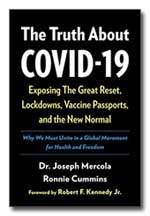 Science, March 28, 1980, Vol. 207. pp.1485-7
Science, March 28, 1980, Vol. 207. pp.1485-7
QUOTE: “The performance of the hyperactive children on paired-associate learning tests on the day they received the dye blend was impaired relative to their performance after they received the placebo, but the performance of the non-hyperactive group was not affected by the challenge…”
NOTE: Dr. Swanson used 100 mg and 150 mg of mixed food dye in his study. Later, he told me in a phone conversation that he had been informed that his use of a “toxic dose” had devalued his study. When I told him of the amount of food dye per tablespoon in solid bright-colored candies and frosting, green ketchup, and powdered drinks, as measured by myself at Agnes Scott College in 1997, he was astonished. Quickly doing the math, he calculated that students at a birthday party can easily consume 500-600 mg of food dye. If 150 mg is really a “toxic dose,” then we need to seriously reconsider what we are allowing in the food sold for children, and we also need to rethink the fact that manufacturers refuse to reveal just how much coloring is actually in any of their products.
NOTE: Food dye “lakes” and powdered food dyes may not have the same concentration as liquid or “pure” food dyes. Since many researchers don’t specify how and what they are measuring, there may be considerable variation between one study and another claiming to use the same amount of food dye. The lakes themselves contain aluminum and other chemicals, and neither their presence nor any possible effect on children is mentioned in any of the studies I have seen.




















